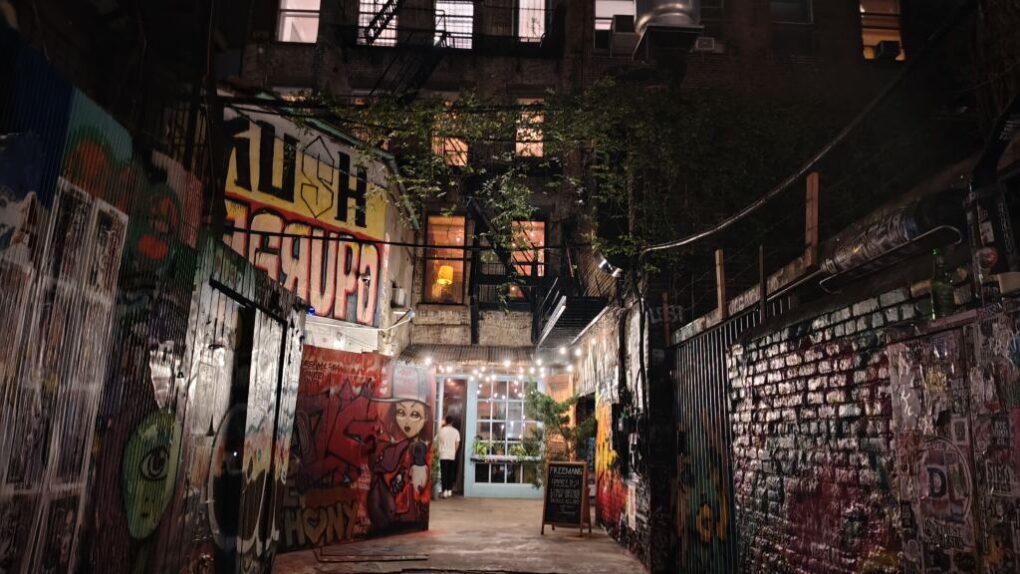
The 11th floor rooftop at Unlisted on 3 Freeman’s Alley provided the ideal backdrop for an Austrian wine get together organized by Constance Chamberlain of Wine & Co to welcome Fall and connect some of Austria’s top wine producers with wine industry professionals. Over 200 wines produced from some of Austria’s most iconic grapes and spanning virtually every wine style were poured at the event.
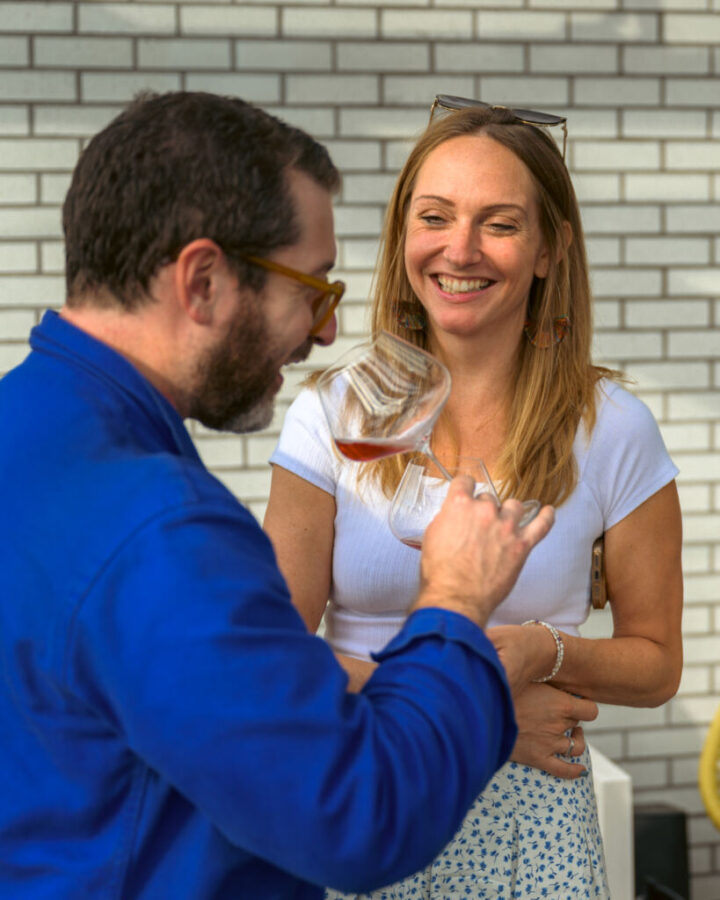
From elegant sparkling wines crafted in the traditional and ancestral methods, and vibrant still whites, to fresh rose’s, and bright reds, there was a wine for every one of life’s happenings. This came as no surprise because if Austrian wines can be defined by one thing, it’s freshness diversified.
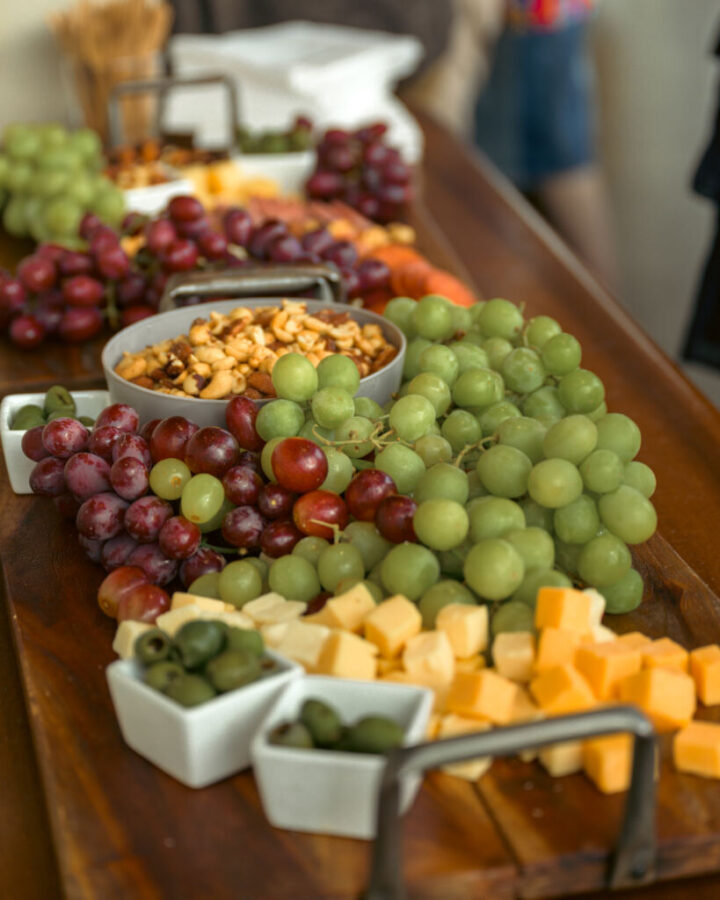
An Austrian wine can be lighter or fuller-bodied depending on the individual winemaker’s interpretation. Nevertheless, the natural essence of the grape and the terroir are reflected in every bottle. From refreshingly crisp and mineral-driven sekt and aromatic still whites that burst with citrus, orchard and/or tropical fruit, to soft and delicate rose’s and bright and complex reds with concentrated berry and dark fruit, Austrian wines run the gamut of flavor profiles. Whether you’re celebrating a special occasion, in the mood for an aperitif, or planning a holiday meal, you’ll find an Austrian wine that fits the bill.
The varied Austrian landscape and climate contributes to its myriad wine expressions. Most of Austria’s winemaking is concentrated in the eastern part of the country within three winegrowing regions:
Niederoesterreich
- 27128 hectares
- The largest winegrowing region
- Cooler northern climate
- Known for Grüner Veltliner and Riesling
- 8 wine growing areas:
- Wachau
- Kremstal
- Kamptal
- Triasental
- Wagram
- Weinviertel
- Carnuntum
- Thermenregion
Burgenland
- 13,840 hectares
- Sunny and hot Pannonian climate
- Known for fuller-bodied white, juicy and complex red, and elegant sweet wines
- 4 wine growing areas:
- Neusiedlersee
- Leithaberg/Neusiedlersee-Huegelland
- Mittelburgenland
- Eisenberg/Suedburgenland
Steiermark/Styria
- 4,240 hectares
- Moderate Mediterranean climate
- Known for crisp and refreshing fruit and mineral-driven Sauvignon Blanc and multi-layered Chardonnay
- 3 wine growing areas
- Südoststeiermark
- Südsteiermark
- Weststeiermark
Austrian wine territory is also environmentally conscious, with 27% of vineyards Sustainable Austria-certified, 25% EU organic-certified, and 3% Demeter biodynamic viticulture-certified.
It’s also a land of both international and indigenous white and red varietals.
28 major white grapes: (Two thirds of total wine production)
- Grüner Veltliner
- Welschriesling
- Riesling
- Chardonnay
- Weißburgunder
- Sauvignon Blanc
- Muskateller
- Müller-Thurgau
- Pinot Gris
- Muskat Ottonel
- Scheurebe
- Traminer
- Wiener Gemischter Satz
- Neuburger
- Frühroter Veltliner
- Roter Veltliner
- Bouvier
- Blütenmuskateller
- Rotgipfler
- Muscaris
- Donauriesling
- Souvignier Gris
- Donauveltliner
- Zierfandler
- Goldmuskateller
- Furmint
- Goldburger
- Sylvaner
- Jubiläumsrebe
14 major red grapes: (one third of total wine production)
- Zweigelt
- Blaufränkisch
- Merlot
- Pinot Noir
- St. Laurent
- Cabernet Sauvignon
- Blauer Wildbacher
- Blauer Portugieser
- Blauburger
- Roesler
- Syrah
- Cabernet Franc
- Rathay
- Rosenmuskateller
I was not able to spend as much time as I would have liked at the event but I was able to try the following selections:
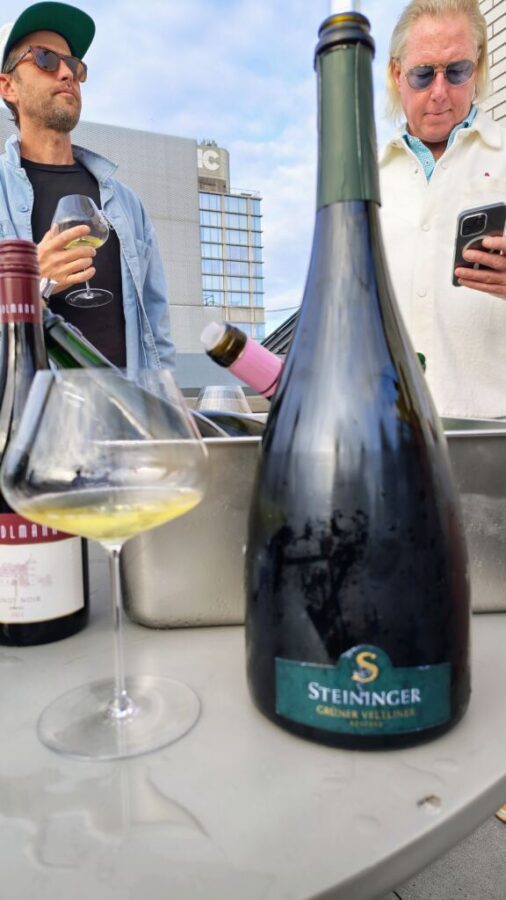

Weingut Steininger: A unique pair of sparkling wines!
Weingut Forstreiter: A great opportunity to taste different interpretations of Grüner Veltliner from a single winery!
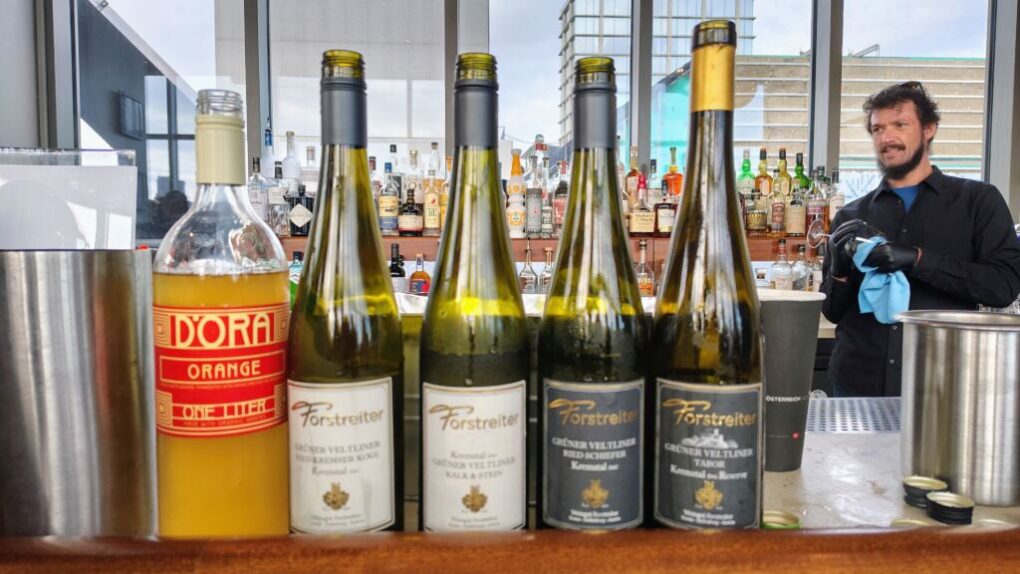
- Grüner Veltliner Ried Kremser Kogl Kremstal DAC 2024
- Grüner Veltliner “Kalk & Stein” Kremstal DAC 2024
- Grüner Veltliner Ried Schiefer Kremstal DAC 2024
- Grüner Veltliner Ried Tabor Kremstal DAC Reserve 2021
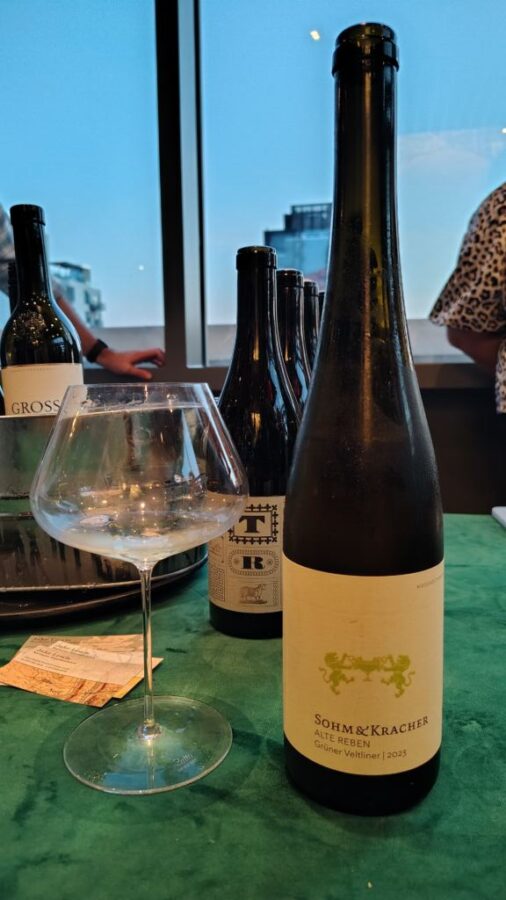
Sohm & Kracher: This Grüner Veltliner is a collaboration between New York City Aldo Sohm winebar owner/sommelier and Le Bernardin wine director Aldo Sohm and Gerhard Kracher!

Be First to Comment